Medical
technology: Technological Innovations In Health
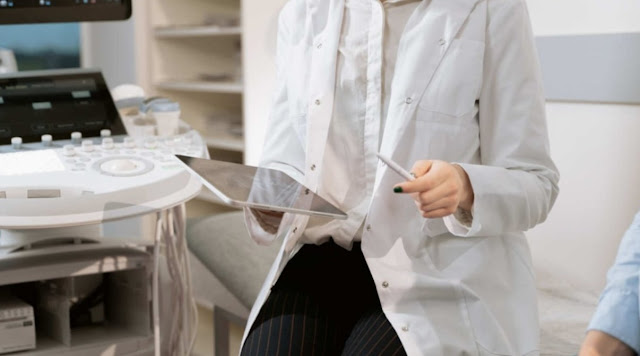 |
| Medical Technology |
Cloud computing (cloud computing) based solutions, health data analytics,
seamless communication, electronic record keeping, online appointment
scheduling, telemedicine, or the Internet of Medical Things (IoMT), innovation
technology, and the advent of the Internet have enabled the emergence of new
medical devices and new medical practices offering increasingly personalized
treatments and health services. Indeed, the future of healthcare holds many
possibilities, and medical technology has an important role to play in ensuring
better options and measures to solve all the most important health problems
that patients face.
Without forgetting the importance of favoring human labor and jobs in the
health fields, medical technology innovations play a key role in helping and
supporting health professionals (doctors, nurses, physiotherapists, etc.). .)
Who devotes many hours and physical work to take care of patients - and
optimize care?
Indeed, new medical technology allows health professionals to progress in
their field, save a greater number of patients, and fight against new diseases.
In addition, new medical technologies can facilitate the necessary
responsiveness to global issues and new challenges. Although some of the
innovations are not new and others will see the light of day in the future, it
should be remembered that in France, the Digital Health Agency (formerly the
Agency for Shared Information Systems of health) dates from 2009.
Moreover, this French government agency responsible for digital health,
which contributes to the improvement of the health system in France alongside
the Ministerial Delegation for Digital Health, is a response to the message
launched by the WHO at the beginning of the 2000s. “In 2005, in resolution
WHA58.28 on eHealth, the World Health Assembly urged the Member States to
consider developing a long-term strategic plan to design and implement eHealth
services in the various areas of the health sector [...] to develop
infrastructures to apply information and communication technology to health
[...] to promote equitable access at an affordable cost and universal to their
advantages”.
Innovations
and medical novelties for a better future of health?
E-health, robot-surgeon, telemedicine, teleconsultation, medical appointment
app, and a large number of current terms indicate that digital innovations are
ubiquitous in the medical sectors and are revolutionizing healthcare. And it
seems obvious that technology in medicine is there to anchor itself durably and
settle in mores.
Moreover, many innovations and new solutions (mobile applications for
medical appointments, virtual visits of EHPADs, Shared Medical Records, etc.)
implemented by international start-ups and governments are already on the
market, and they have all considerably improved health care, although unequal
access (to these tools and services) is still strongly present, and deserves to
be deployed more quickly.
Also, as already underlined in 2013 the article " Innovation in medical
technology: why and how to get involved?" » Published in the Swiss Medical
Review, « medical technologies are an integral part of our daily lives. More
than just a user, the doctor has a key role to play in the innovation of these
technologies. Evaluating new instruments can guide manufacturers towards
solutions leading to a real clinical impact. Moreover, through his daily
practice, he can identify the real needs not met by current technologies.
However, innovation and development are not part of current medical training.
To fill this gap, new training centers for innovation in medical technologies
are springing up in Europe, following the success of American centers. These
new training programs can enable us to become actors and initiators of
inventions that will change our medical practice tomorrow.”
To this day, multiple medical problems such as heart failure, diabetes, or
depression, are being studied and supposedly solved thanks to remarkable new
technology invented by start-ups around the world. By trying to meet the needs
(and the ethical questions posed by each innovation), these advances in
e-health (telemedicine, etc.) make it possible to facilitate the care of many
patients of all ages, particularly in medical deserts, as well as than to
maximize medical costs and health system management costs.
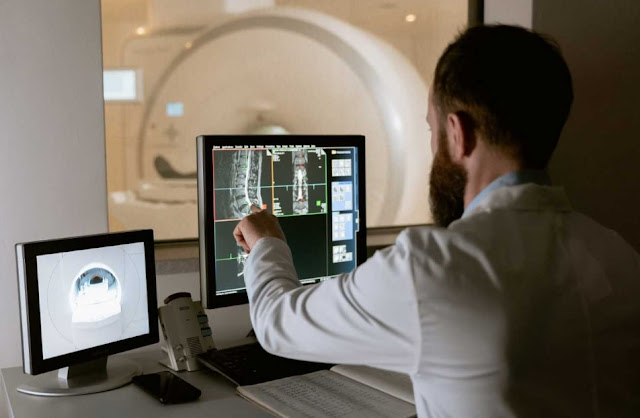 |
| Examples of medical technological innovations at the service of professionals and patients |
3D
printing, 3D digital twin, medical imaging in virtual reality,
Nowadays, scientific and medical researchers are considering the potential
of 3D visualization and 3D printing in medicine, some steps of which are
already facilitating treatment. Thanks to the perfected use of 3D printers,
scientists can reproduce multi-dimensional models of problem areas inside the
body of patients.
Thus, surgeons can manipulate the models and simulate a variety of replicas
of possible operations before performing the actual surgery. Alternatively, 3D
printing can be used to reproduce bones or other organs of the human body and
adapt to each patient. This technological advance also extends to
made-to-measure prostheses and orthoses and makes it possible, for example, to
replace an absent member of the body or to manufacture personalized implants
(dental implants, etc.).
Another field of very recent innovations in the field of health is 3D
visualization with the creation of a digital twin. Since these techniques are
already well established in the field of industry, researchers specializing in
the analysis of data and the modeling of phenomena in biology and
bioinformatics are currently developing technologies to create digital doubles
at the service of professionals in the health and patients. These tools of the
future make it possible to visualize, evaluate, understand and predict, for
example, how a treatment acts on a patient or how to prepare for a meticulous
and urgent surgical intervention.
Indeed, the long-term objective is to benefit from truly personalized
medicine thanks to the computer modeling of the organs of the human body. By
bringing these innovations to the heart of health establishments and doctors'
offices, it is possible to test new molecules, better outline and simplify clinical
trials, assist a surgeon, etc.
One of the very advanced examples is the Living Heart Project (LHP) of
Dassault Systems (3DS).
In line with the most promising and cutting-edge technologies in silico
medicine, the project encompasses the pharmaceutical and biotechnology, medical
device, and patient care sectors. The objectives of these innovations are to
improve the quality of life and autonomy of all patients with optimal and
comprehensive care.
Finally, other innovations are successful, such as those proposed by the
start-up Avatar Medical (resulting from research work carried out at the
Institute Pasteur and the Institute Curie). This French start-up “is developing
cutting-edge technology that uses virtual reality to facilitate surgical
procedures”.
Medical
technological innovation and cardiovascular health
One of the most common and expensive diagnoses in healthcare is heart
failure, with a death rate approaching cancer.
According to the World Health Organization (WHO), “heart failure is
responsible for 17.7 million deaths worldwide each year, or 31% of deaths. In
France, cardiovascular pathologies are the second leading cause of death, just
after cancer, and are the cause of approximately 150,000 deaths per year and
400 deaths per day”.
Medical technological innovations in this sector include three types of
sensors bracelet, necklace, and watch which are used for testing and data
transfer. In this way, this diagnosis gives heart failure patients and doctors
continuous information about the functioning of a compromised heart and the
general state of health. This makes it possible to provide medical and/or
surgical care as needed and as soon as possible.
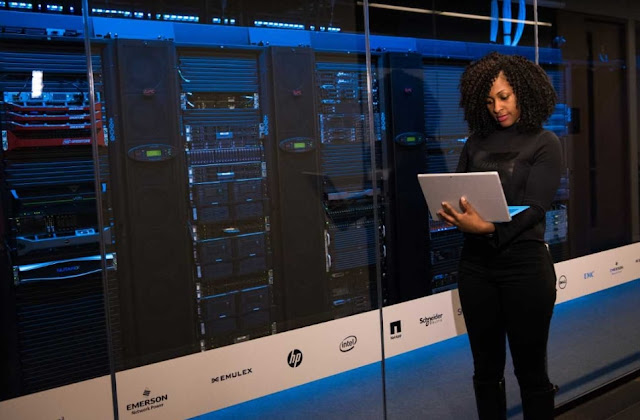 |
| BIg data and Health |
Big Data
and health
As we know, today, data is essential, long before the arrival of social
networks or online commerce, and in particular in the health sector. This
ranges from analyzing diagnostic reports to filing the history of patients'
medical treatment history, the evolution of a pandemic, etc.
Today, healthcare institutions have a dizzying amount of information to
store, and it is not uncommon for large hospitals or modern clinics to use
database management systems to help doctors make diagnoses. More accurate and
recommended treatments.
Indeed, Big Data ("massive data" in French), which corresponds to
the management of enormous volumes of data in real-time, is dedicated to the
field of health and makes it possible to examine and analyze simultaneously a
crowd of data that humans or traditional computer tools are not able to
accomplish. Big data management tools make it possible, for example, to create
large-scale surveys to better understand needs and find appropriate solutions.
As an INSERM article published in 2016 points out, “These databases provide
objective and very exhaustive data on the scale of large populations, with few
people lost to follow-up. Major assets about the information that can be
collected during studies, continued in the short or medium term, carried out in
specific populations or a limited number, and often based on the declarations
of the participants. The richest of the medico-administrative databases is the
SNIIRAM (National health insurance winter regime information system). In this
database are recorded all the reimbursements made by the Health Insurance for
each contributor, throughout their life (biology, drugs, ambulances,
consultations with dates and names of the health professionals seen, codes of
the type of disease in certain cases …).».
Since the introduction of electronic medical records (Dossier Médical
Portage or DMP), it is much easier for doctors to consult and transparently
share the medical history of patients. While innovations are still expected,
this means that records are less likely to be lost and patient care is improved
as the doctor has full access to the patient's medical history, prescriptions,
and previous care. Electronic records also allow patients themselves to keep
track of their medical data, for example with the French public service “Mon
Espace santé ".
Mobile apps
for healthcare professionals and patients
The entire healthcare sector has experienced unprecedented growth in recent
years. There have been many technical improvements in this industry and
countless wellness apps have been developed which can make maintaining health
and a healthy lifestyle extremely convenient. It has also led to the universal
acceptance of technology in the healthcare industry.
Today, mobile apps are available in many areas. In the health sector, this
is particularly true. Doctors and patients are discovering new ways to use
technology to monitor their health and communicate (booking medical
appointments, etc.). Nowadays, thanks to these software applications developed
for a mobile electronic devices, it is for example possible to monitor daily
sleep habits, count the calories consumed, and maintain a specific diet
(intermittent fasting, ketogenic diet, etc.). .), research treatment options,
and even monitor heart rate.
Finally, these mobile applications are intended for patients to take better
care of their health and can at the same time provide a preventive diagnosis or
help to keep a register of health conditions. Thus, when well-designed and
addressing key ethical questions, these apps provide valuable and appropriate
information for healthcare professionals. Also, apps that help build a
professional network such as doctor appointment scheduling and medical health
tracking are a big help since they cater to real-time needs (doctors at home
and care services, etc.).
One of the most useful and practical innovations of recent years is remote
monitoring technology. The systems can be used by all patients in the comfort
of their own homes to reduce the time and financial cost of recurring doctor
visits, especially for patients who are located in medical deserts or with
reduced mobility.
For example, by using a small, network-connected electronic device designed
to measure a particular health condition, doctors can remotely analyze a
patient's data without the patient having to travel to a hospital, clinic, or
at his doctor's office. These remote follow-ups often raise ethical questions
regarding the security and management of each patient's private data. However,
many start-ups are working on continuous improvement to protect data, and innovate
by always creating better security barriers.
Depending on the case, remote patient monitoring makes it possible to be
monitored at any time using appropriate technology without a doctor needing to
be present. This not only means that doctors and nurses can help multiple
patients at once, but also that patients can leave the hospital earlier and be
safely monitored remotely. Thus, it creates a more comfortable and less costly
experience for everyone involved.
Also, the medical concierge (an exclusive and personalized system for
accessibility and convenience) has been dramatically improved thanks to
technological innovations. As a result, the relationship between a patient and
a treating physician can become more fluid with, in particular, access to a
direct telephone line or a web chat, whatever the time or day, and allowing
appointments to be made or to answer simple medical questions and diagnoses.
The concierge concept is not new, but it remains an attractive solution for
general practitioners and their patients within the framework of a simple
individual medical follow-up.
Improved
communication and accelerated experimentation
With the busy schedules and limited free time of many healthcare
professionals (doctors, nurses,...) – even outside of a pandemic such as coronavirus disease 2019 (COVID-19) – it is very important to be able to
communicate with them via electronic devices such as tablets, smartphones, and
other freely accessible terminals. New technological developments have focused
on this point, in some countries of the world, and have been designed to
improve the link between patients and doctors. While there is still a long way
to go, the path is clear to better connect physicians – and connect with them –
by providing a safe virtual place to interact.
The Ebola virus disease epidemic (acute and serious disease, often fatal,
which appeared in 1976) or the COVID-19 pandemic have shown that accelerated
medical research and experimentation are possible. Due to the World Health
Organization (WHO) fearing the adverse effects of a global epidemic, research
efforts on vaccination increased, and scientists began to use advanced methods
that are on the verge of becoming commonplace.
Finally, as explained in an article published on the Internet platform Cairn
(Reviews and works in the human and social sciences) in 2020, “the great
confinement favored the accelerated experimentation of new organizational
practices. The impacts of the health crisis have been very strong [...] in
terms of collective and individual commitment, adaptation, health, very rapid
adoption of new working methods, and questioning of management. Businesses have
been challenged to adjust very quickly to deal with emergencies. With the
interconnection of crises – health, economic, social, and environmental – the
situation has changed and all stakeholders must question the lasting impacts of
this experience, which is as unprecedented as it is intense”
AI
(artificial intelligence), robots, nanotechnology...
Artificial intelligence (AI) has many applications in healthcare. One of the
most important applications is diagnostics, as there have been several
situations in which AI has been able to identify diseases like skin cancer
(melanoma) and diabetic retinopathy better than experts. In the field. Beyond
diagnosis, AI can be used to perform routine tasks, manage data, design
treatments, manage drugs, and more.
AI can even be used on robots, and then these robots can act as medical
assistants, taking lab samples, assisting with surgeries, and disinfecting
hospital rooms. Without question, there is a lot of room for new developments
in the field of AI in the fields of health, and AI presents many challenges,
but it would be possible to see results that will change a life.
Another innovative technology in the medical field is nanotechnology (NST),
or nanoscience, for diagnosis. Nanoscience concerns objects that have at least
one dimension less than 100 nanometers (nm) – one nanometer is one-billionth of
a meter or 1×10 -7 meters. Essentially, nanotechnology can be used to recognize
single cells and identify genetic content that could mean disease in a human.
This then allows drugs to reach specific damaged cells while avoiding healthy
cells.
Advantages
and disadvantages of medical technological innovations
However, before completely relying on new technologies body and soul, it is
worth considering the advantages and disadvantages of technology. Although the
benefits outweigh the costs, there are still a few downsides to consider.
The
advantages of medical technological innovations:
- Increased efficiency of health systems;
- Increased accessibility of health care;
- Past disease predictions;
- Better analysis of health data and increased readability of medical documents;
- Faster surgery and patient recovery times;
- Development of suitable drugs and vaccines quickly.
The
disadvantages of medical technological innovations:
- Pushes to an addiction to the Internet connection and cyberchondria ;
- Increased risk of security breaches for data sharing;
- Higher risk of miscommunication in virtual meetings depending on the quality of the connections;
- Lack of empathy and impersonal AI reporting, or frustration if technology fails;
- Increase in some costs for updates, depending on geographic location.
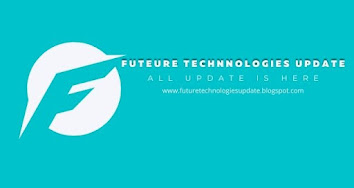
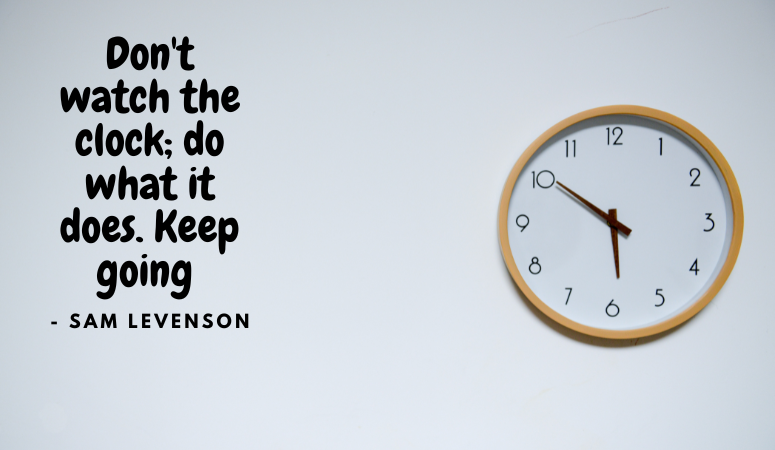










3D Medical Solution
ReplyDeleteOur medical animation company blends highly trained medical videos and animators to create stunning medical content.
Great article! Nowadays, the introduction of IT technologies into the healthcare industry seems to be very important. For example, healthcare cloud computing is great for optimizing the work of doctors.
ReplyDelete3D Medical Solution
ReplyDeleteOur medical animation company blends highly trained medical videos and animators to create stunning medical content.